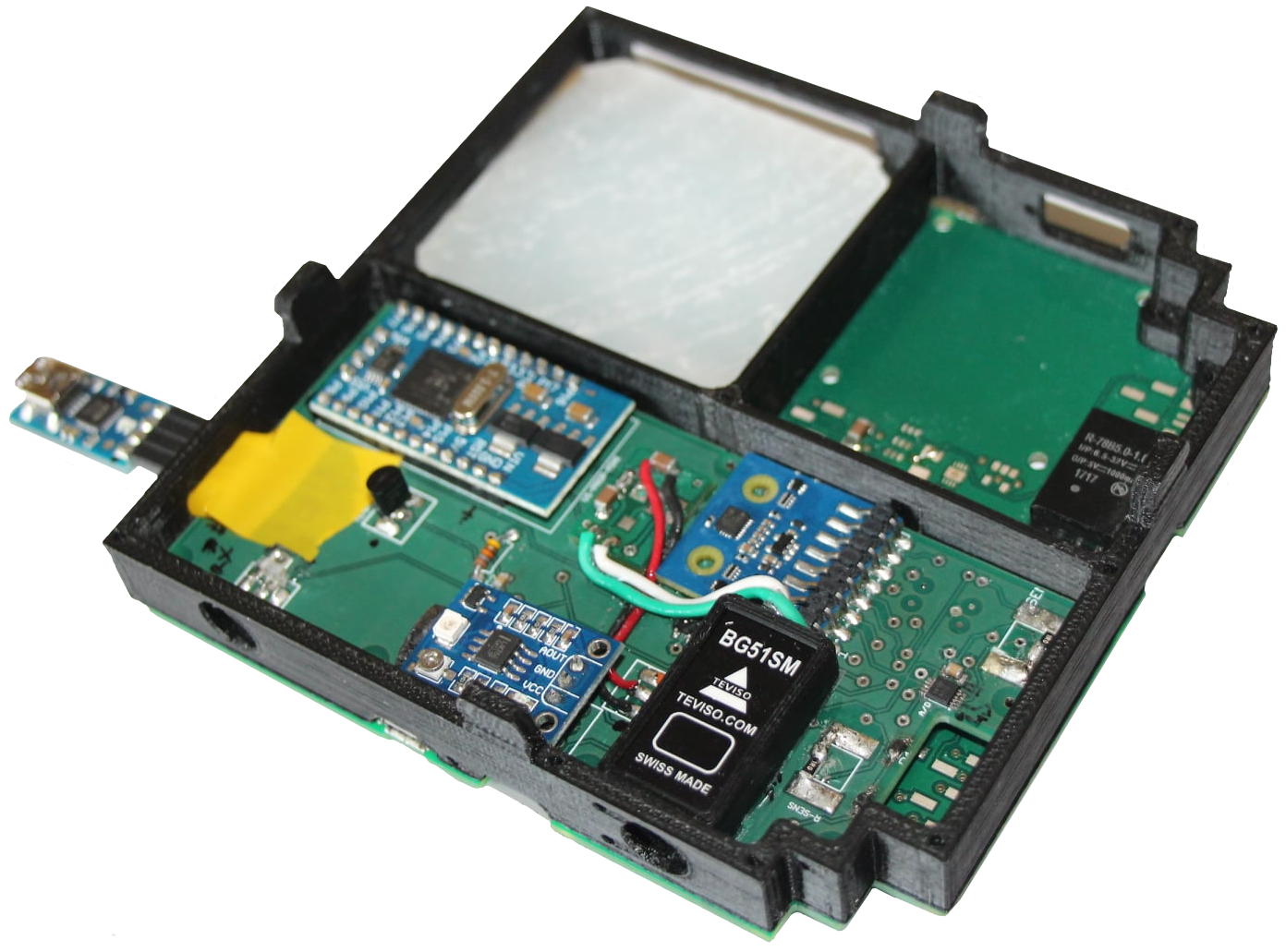ThinSat-B
Launched February 20, 2021
Taylor ThinSat-B, also called Sat6 or Sat8, was the university's second-launched ThinSat and the first satellite to use the Parallax Propellor 8-core microprocessor in space. It recorded atmospheric conditions such as temperature, magnetic forces, and UV light levels, as well as the orbital conditions of the satellite itself (acceleration, rotations per minute, etc). One of its specific goals was to learn more about the impact of gamma rays from the sun hitting the satellite, a phenomenon known to alter the digital data it stores.
The development process began on campus early in February of 2020 but took an unexpected turn when the COVID-19 pandemic required the university to move all operations online in mid-March. The unfamiliar situation did not prove enough to stop the development team's determination, however, as students continued working remotely, with faculty on--campus integrating their work into the mainframe provided by NearSpace Launch. Within three months of the project's start, the team had produced a working satellite, and they later delivered it to Virginia Space. Taylor ThinSat-B was launched along with 29 other ThinSats on the NG-15 Cygnus spacecraft and Antares rocket the S.S. Katherine Johnson from the NASA Wallops Flight Facility in Virginia on Feb. 20, 2021.
Faculty mentors: Stefan Brandle, Rob Cartwright, Steve Dalcher
Read More


